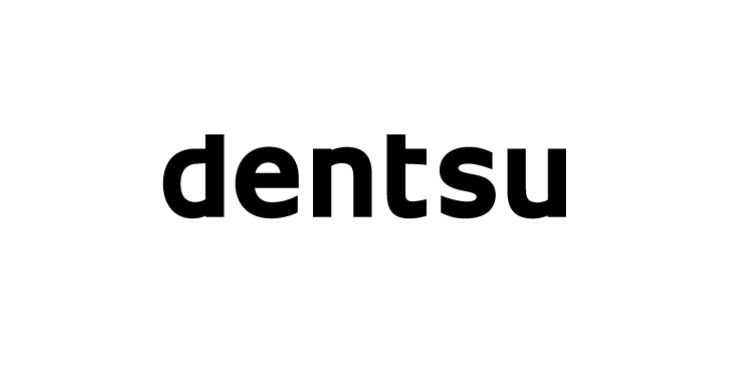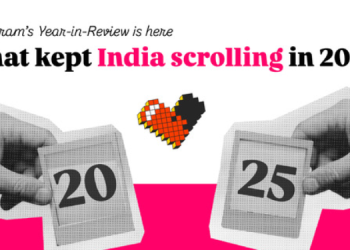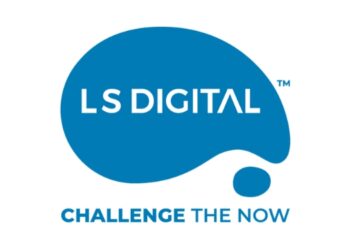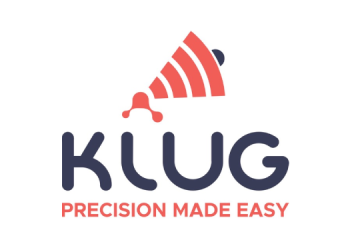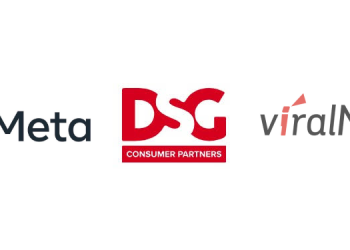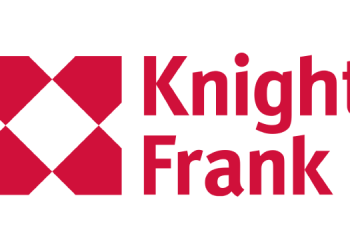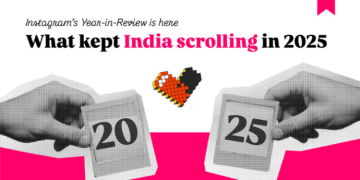Mumbai: The digital ad landscape in India is undergoing a significant transformation as Over-The-Top (OTT) streaming platforms emerge as formidable competitors to established digital channels. This shift represents a fundamental change in both content consumption patterns and brand-consumer engagement strategies, warranting a detailed analysis of three key factors driving this evolution in India’s digital marketing ecosystem.
Dentsu India has launched the 9th edition of its flagship annual report, the ‘dentsu Digital Advertising Report 2025’ – a definitive deep dive into India’s evolving advertising ecosystem.
Digital Reach Expansion: The dominance of traditional digital platforms in India is facing unprecedented competition from the growth of OTT services. Driven by widespread smartphone adoption and competitive data pricing, streaming services have achieved significant market penetration across both urban and rural demographics. Om Jha, Head of Media and Partnerships, PepsiCo India, believes, “Consumer centricity is at the heart of all our brand campaigns, with ‘reach’ being the most important and non-negotiable KPI given the scale of our brands. We started moving our media investments towards Digital a few years back and with the increasing penetration of internet and high-quality content being produced by streaming services, digital outreach and engagement continues to be a top focus area in in our media strategy. Urban and Rural audiences are over-indexing on Digital alike, we met young students in hinterlands of UP talk of their favourite shows and stars from the streaming services. Cricket, of course, remains a religion in India.”
Current market data indicates that OTT platforms now reach over 70% of India’s internet users, matching traditional digital platforms’ reach. This expansion presents strategic opportunities for advertisers to engage audiences who may be less active on conventional social media platforms. Additionally, OTT platforms’ diverse content portfolio, encompassing both regional and international programming, enables precise market segmentation and targetted demographic reach that surpasses traditional digital channels.
Data-Driven Targeting Enhancement: The integration of retail media intelligence with OTT platforms has revolutionized targeting capabilities. Platforms with e-commerce integration can leverage purchase history and browsing behaviour to deliver highly targeted advertising solutions. This approach transcends conventional demographic targeting, enabling real-time consumer engagement at critical purchasing decision points.
The inherent nature of OTT content consumption, characterised by specific genre preferences and viewing patterns, facilitates sophisticated contextual advertising implementation. This enables seamless brand integration that enhances rather than interrupts the viewing experience. The extended engagement time with streaming content strengthens brand associations compared to short-form video formats, allowing organizations to establish deeper connections with their target audiences.
Premium Content Integration: OTT platforms offer superior brand integration opportunities within high-production-value environments. Unlike user-generated content platforms, OTT services provide controlled, premium contexts for brand presence. Anuja Mishra, CMO and EVP, Honasa Consumer believes, “Streaming services (OTT) offer innovative active and passive brand integration opportunities and show partnerships, other than in-stream video ads. These collaborations enable brands to create narratives that traditional ads can’t match. “The key is aligning the show’s values with the brand’s target audience and seamlessly incorporating the product into the storyline. Successful integrations focus on meaningful, relevant content that resonates with the target cohort, enhancing the viewing experience while effectively reaching the intended audience. For example, Mamaearth partnered with Amazon MX Player to advertise its rice water range in Korean dramas, capitalising on the K-beauty trend. Similarly, our Gen Z-focussed brand Aqualogica found a perfect fit with Amazon MX Players’ young audience cohorts. Content integrations should aim to build audience affinity rather than short-term gains. Success is measured through brand awareness lifts and increased searches, focusing on top-of-funnel metrics. Clarity on objectives and KPIs is crucial, and consistent, relevant integrations can elevate consumer experiences to ultimately impact bottom-funnel metrics.“
Strategic Implications: Effective OTT advertising strategies require careful consideration of content integration, targetting implementation, and performance measurement. Organisations must align their content partnerships with brand values while maintaining consistent measurement of key performance indicators. The focus should remain on developing long-term engagement strategies rather than pursuing short-term gains.
Future Outlook: As we approach 2025, OTT platforms are positioned to potentially supersede traditional digital advertising channels in engagement effectiveness. The combination of extensive reach, sophisticated targeting capabilities, and premium content environments presents a compelling value proposition for strategic marketing investment. Success will depend on clear objective setting, strategic content alignment, sophisticated targeting implementation, and comprehensive performance measurement frameworks.

